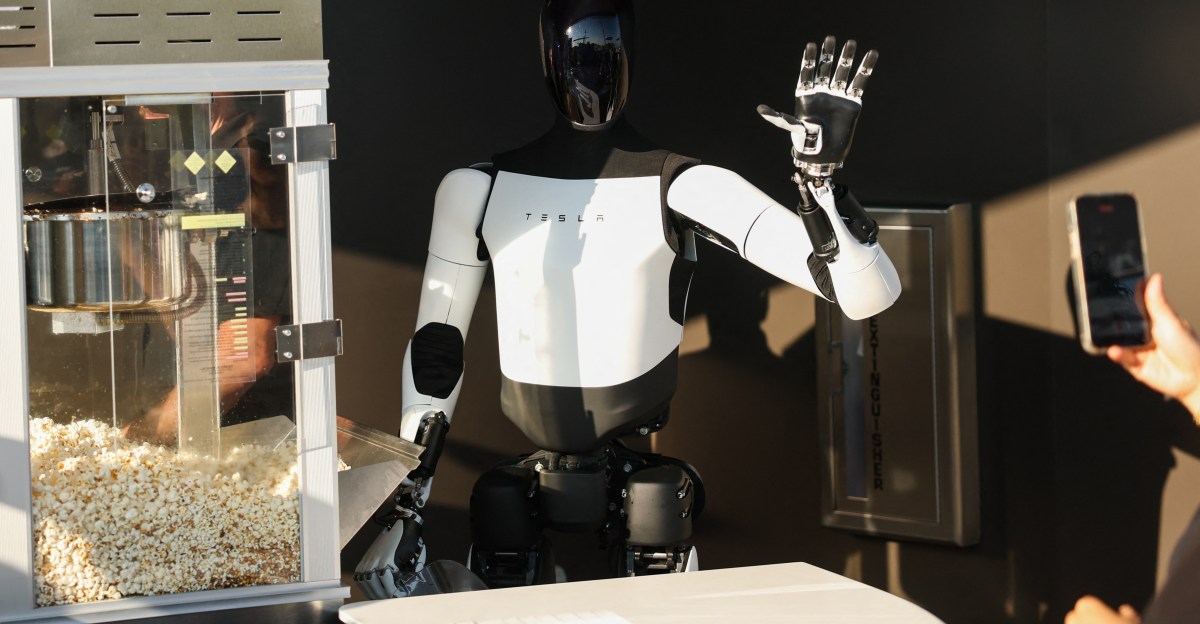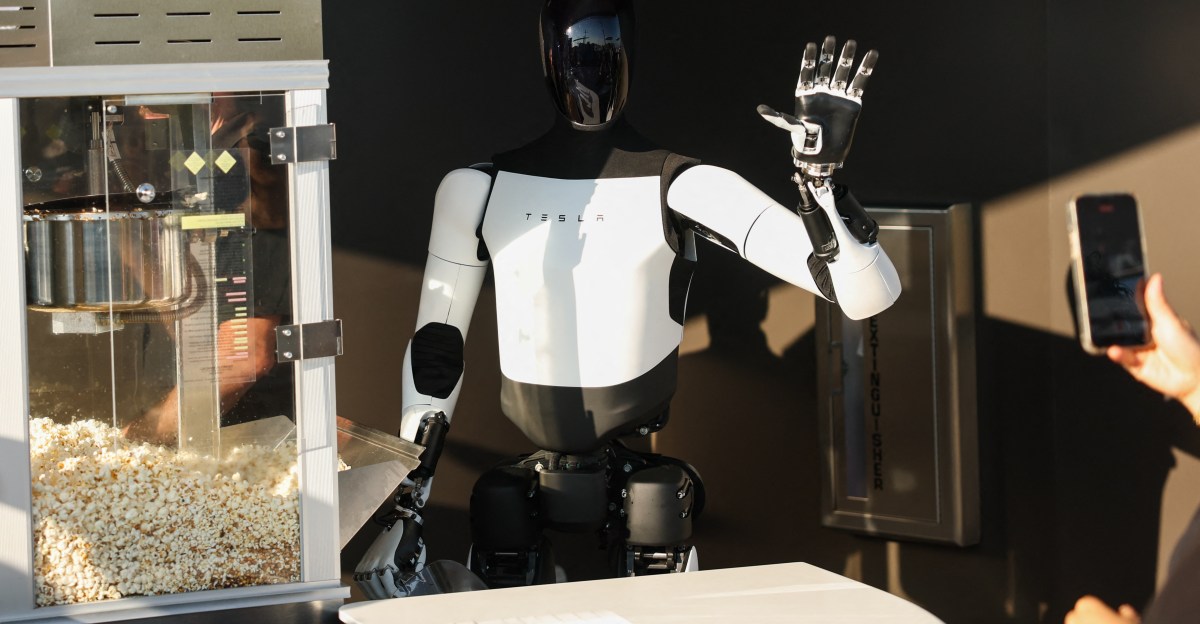Key Points
- Tesla’s fourth Master Plan is posted on X and pivots toward AI, robotics, and “sustainable abundance”.
- The document is the shortest and most concise in the series, using buzzword‑heavy language.
- Unlike earlier plans, it lacks specific product milestones, timelines, or measurable goals.
- Critics compare the plan to a philosophical essay rather than a practical roadmap.
- Elon Musk’s recent activities—including the X rebrand, xAI launch, and Cybertruck rollout—frame the new focus.
- Public reaction on X highlights confusion over the plan’s vague promises and missing deliverables.
- Analysts warn that without concrete actions, the plan may not reverse Tesla’s declining sales trend.

Master Plan 4’s New Direction
Tesla posted its fourth Master Plan on X, the platform formerly known as Twitter. Unlike prior versions that detailed a step‑by‑step path toward affordable electric vehicles, the new document emphasizes artificial intelligence, humanoid robots, self‑driving cars and a catchphrase called “sustainable abundance.” The text is notably short, described as the shortest entry in the series, and is written in a style that some observers compare to a chatbot’s output, featuring repeated em dashes and lofty phrasing.
Contrast With Earlier Plans
Previous Master Plans laid out clear product targets: the first outlined an electric sports car followed by cheaper models; the second added semi‑trucks, buses, self‑driving technology and a robotaxi vision; the third focused on eliminating fossil fuels and expanding renewable energy. Those documents, while ambitious, included tangible deliverables. By comparison, the fourth plan offers broad statements about “infinite growth” and AI solving scarcity, without specific timelines or performance indicators.
Critics Highlight Substance Gaps
Commentators argue the new plan reads more like a TED Talk than a strategic blueprint. They note the absence of concrete proposals, such as detailed timelines for robotaxi deployment or affordable EV models. The language is described as “buzzword salad,” with terms like “sustainable abundance” and “infinite growth” dominating the narrative. Observers also point out that many of Tesla’s promised technologies—self‑driving capabilities, solar roofs, a $25,000 Model 3 variant—remain unrealized.
Musk’s Recent Ventures and Their Impact
Elon Musk’s activities over the past years provide context for the shift. He acquired Twitter and rebranded it as X, founded xAI to compete in generative AI, and launched the Cybertruck, which has struggled to meet expectations. He also contributed $300 million to political efforts and pursued cost‑cutting measures that have drawn public scrutiny. These moves, combined with declining sales in major markets, have contributed to a perception that Tesla’s brand is under pressure.
Public Reaction and Outlook
Users on X have expressed confusion, noting the plan’s lack of measurable goals. Some see the emphasis on “infinite growth” as rhetorical rather than operational. While Musk has acknowledged that earlier plans remain unfinished and promised future completion, the current document does not offer a clear roadmap to address those gaps. Critics warn that without concrete steps, the plan may fail to restore confidence among investors and consumers.
Source: theverge.com
